We all know that finding the perfect pair of shoes is more than just choosing a stylish design—it's about comfort, fit, and size. While everyone's feet are unique, understanding the average shoe size for women can guide your quest for the perfect pair.
In this article, we'll explore what the average shoe size for women is, why it matters, and how you can ensure the best fit for your feet.
Buckle up, ladies—it's time to step into the world of shoe sizes.
How do shoe sizes work?
First things first, what do shoe sizes even mean? Shoe sizes are a standardized measurement system used in the footwear industry to ensure consistency across different styles and brands. It sounds simple, but it gets complex pretty quickly due to the different shoe size systems used worldwide.
The most common systems are the US, UK, and European systems. However, a size 7 in the US, for example, won't be the same as a size 7 in the UK or Europe. This is due to the different measurement units used in each system. So, it's important to know what your shoe size is in each system, especially if you’re shopping for shoes from international brands.
The complex nature of women’s shoe sizes
Even within the same size system, women's shoe sizes vary greatly.
Ever wonder why you're a size 8 in one brand and a 9 in another? It's because there's no universal standard for shoe sizes. Different brands might size their shoes differently based on their manufacturing processes and target demographics.
Different shoe styles can also impact sizing. A size 7 in ballet flats, for example, might feel different from a size 7 in high heels. This is because the shoe's design can affect how it fits on your foot, leading to differences in perceived size. With this in mind, it’s easy to see how understanding the intricacies of women's shoe sizes is crucial to finding a pair that fits just right.
Factors affecting women’s shoe sizes
Before we step into the discussion of the average shoe size for women, let's explore some factors that can affect shoe size.
- Age: Feet can change size and shape throughout a woman's life. Aging, pregnancy, and menopause can all lead to changes in foot size, with feet tending to become longer and wider over time.
- Genetics: Much like height and eye color, foot size is also influenced by genetics. If you have family members with small or large feet, it's likely that your feet might follow a similar pattern.
- Weight: Your body weight can impact the size and shape of your feet. For instance, those who carry more weight may experience their feet spreading, leading to an increase in shoe size. Weight fluctuations can also affect foot size, so it's essential to regularly check your shoe size if you experience significant weight changes.
- Lifestyle: The lifestyle you lead can also influence your foot size. High-impact activities, such as running or playing sports, can lead to more muscular feet which might require wider shoes. On the other hand, a more sedentary lifestyle could lead to softer, less muscular feet, potentially affecting shoe size and fit.
How can you determine your shoe size?
Now that we've uncovered the factors influencing shoe size, how can you determine your own shoe size accurately? Here's a quick guide:
- Using a piece of paper, a pen, and a ruler, trace your foot on the paper and measure the distance from the heel to the longest toe.
- Note this measurement and compare it with a shoe size chart to find your corresponding shoe size.
Remember, for the most accurate fit, you’ll want to get a professional measurement done at a shoe store.
So, what’s the average shoe size for women?
Now that you know a bit more about shoe sizes and how to measure them, let’s dive into the numbers.
Studies indicate that the average shoe size for women in the United States has increased over the past few decades, with the current average being around size 8.5. However, keep in mind that this is just an average, and there is a broad spectrum of normal sizes for women's feet.
What’s the importance of the right shoe size anyway?
Understanding why the right shoe size matters isn't as straightforward as it seems. It's not just a simple number—it impacts various aspects of your health and comfort.
Here's why it's vital to get it right:
- Avoiding foot health issues: Shoes that are too tight can lead to discomfort and a variety of painful conditions like corns, calluses, bunions, and even ingrown toenails. They can also exacerbate existing foot conditions like plantar fasciitis or hammer toe.
- Preventing blisters and instability: Shoes that are too large can cause blisters due to friction and lead to instability while walking. This instability could increase the risk of sprained ankles or accidental falls.
- Maintaining natural gait: Oversized shoes can affect your natural walking pattern, potentially leading to foot, knee, or back pain over time.
- Ensuring day-to-day comfort: The ideal shoe offers enough room for your toes to move but still holds your foot securely to provide the necessary support. It isn't just about daily comfort, but also about maintaining good foot health in the long run.
- Investing in well-being: Taking the time to find the right shoe size is an investment in your overall health and well-being, not just a matter of style or aesthetics. So, always prioritize fit when shoe shopping.
Are there any tips for finding the perfect fit?
Finding the perfect shoe size is one part of the equation, the other part is finding a shoe that fits perfectly.
Here are some tips to ensure that you walk away with a pair that not only looks great but also feels great:
- Time it right: Feet can swell over the course of the day. Shopping for shoes in the late afternoon or evening can help you find a size that will be comfortable all day long.
- Allow for wiggle room: Your toes should have some wiggle room within the shoe. Press down on the top of the shoe to make sure your toes have enough space to move freely. If your toes feel cramped or squeezed, consider trying a half-size larger or a wider-width option to accommodate your foot comfortably.
- Flexibility and support: Check the flexibility and support of the shoes. Bend the sole of the shoe to ensure it offers appropriate flexibility at the ball of your foot. It should be able to bend easily but still provide enough support for your arches. Look for shoes that offer cushioning and stability, like our Women’s Athens Shoe—especially if you have specific foot conditions or requirements.
- Think beyond length: When finding the right fit, consider width along with length. Your foot should have sufficient room without bulging or squishing. Avoid shoes that are too narrow (causing pinching) or too wide (lacking support). Balance width and length for optimal comfort, support, and stability.
- Be mindful of socks: Remember to wear the type of socks you plan to wear with the shoes. This impacts the fit, particularly with sports shoes or winter boots.
Why do high-quality shoes matter?
At Kizik, we firmly believe that the path to finding the perfect shoe isn't solely about knowing your shoe size. It's about seeking footwear that understands and meets your unique needs, and that's where the power of choosing a high-quality brand like ours truly shines.
When you invest in a pair of Kiziks, you aren't simply buying shoes—you're investing in our commitment to your foot health and comfort. We prioritize foot well-being, utilizing cutting-edge technology and materials to craft footwear that's not just stylish but also offers optimal support, cushioning, and breathability.
So, when you're on a journey to find that perfect shoe, prioritize quality and fit over price and style. After all, your feet carry you through all of life's adventures—they deserve nothing but the best!
A Final Word
Finding the right shoe size is the best feeling in the world.
Nothing beats the feeling of fitting into the perfect shoe that has all the comfort you need. Style is important, but comfort is crucial. After all, your shoes support your feet, and your feet carry you through life!
With this in mind, explore our diverse range of high-quality shoes, meticulously designed to meet your specific requirements and deliver unmatched comfort and style.
Treat your feet to the best and embark on your footwear journey with Kizik!
Sources:
Shoes Getting Tight? Why Your Feet Change Size Over Time | Cleveland Clinic
Introducing ideas about inheritance | Practical Biology
Podiatrist tips to give foot pain caused by weight "the boot" | MultiCare Vitals


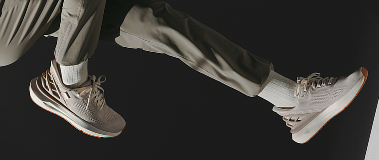


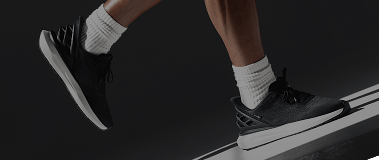
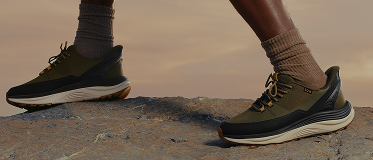
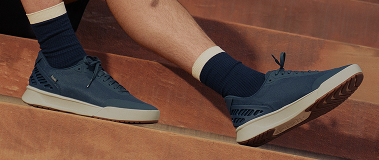
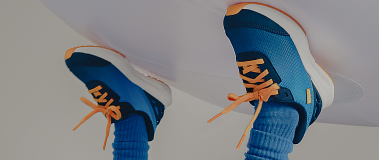
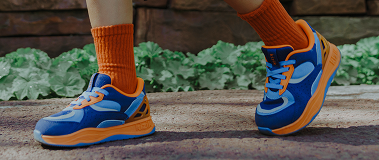





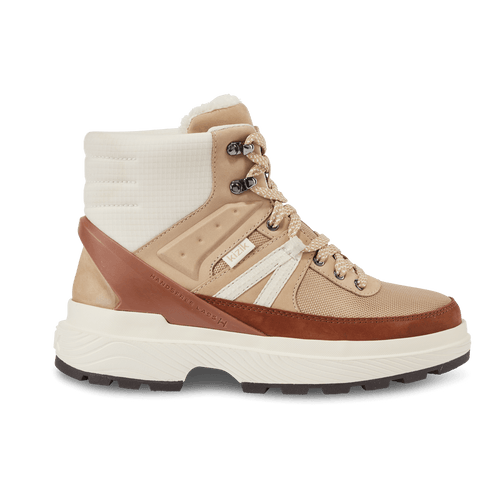
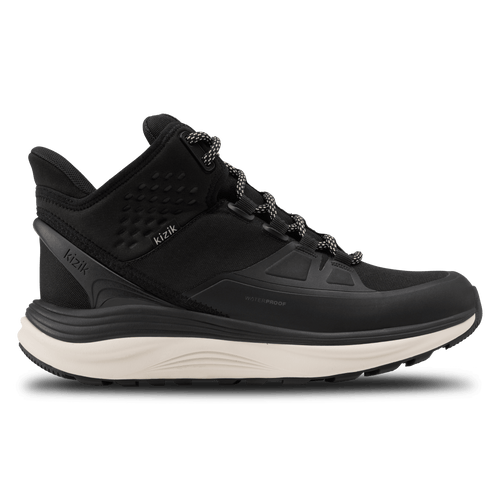





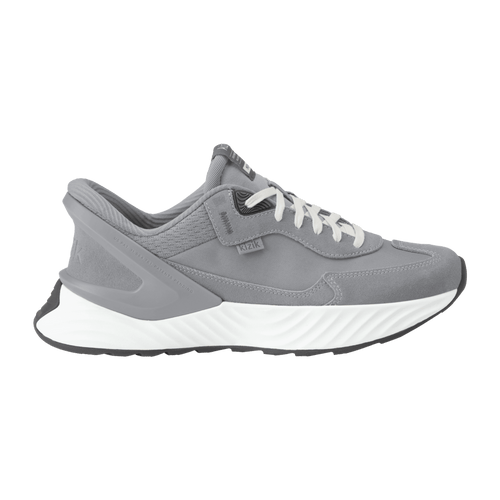


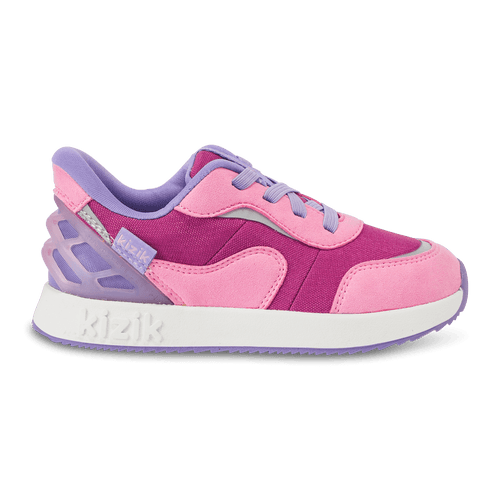




Leave a comment
This site is protected by hCaptcha and the hCaptcha Privacy Policy and Terms of Service apply.